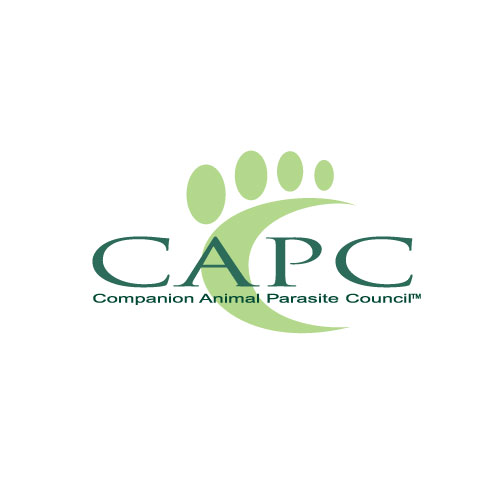
(North Dakota Ag Connection) – The Companion Animal Parasite Council predicts more widespread distribution of heartworm and Lyme disease among pets in the U.S. in 2022 as well as increased spread of ehrlichiosis and anaplasmosis. This year’s edition of the organization’s annual pet parasite forecasts warns of worsening conditions for pets across much of the country.
“Risks have increased due to rehoming of pets, changes in distribution and prevalence of vector populations, changes in wildlife populations and their incursion into newly developed and reclaimed areas, changes in habitat due to natural or human-induced processes, and the short and long-term changes in climatic conditions,” CAPC information states. “Ticks and mosquitoes remain the principal transmitters of pet and human vector-borne pathogens.”
The CAPC predicts rising heartworm prevalence in the U.S. mid-Atlantic region, with spread north into densely populated areas of New England, as well as increased heartworm risk in areas of the Southwest, Colorado, Kansas, and the northern Great Plains. The forecast also calls for ongoing high risk of infection along the Mississippi River, in the southern Midwest, and along the southern and central Atlantic Coast.
CAPC officials recommend that veterinarians in areas with historically low heartworm prevalence also prepare for elevated infection risk and talk with clients, especially veterinarians practicing in the Great Lakes region.
“Very few regions are expected to have lower than average prevalence,” the forecast states.
Lyme disease also likely will continue to spread south into Tennessee and the Carolinas and west into Kentucky and North Dakota as ticks expand their geographic range, according to the CAPC.
“Veterinarians in regions of historically high prevalence and in forecasted regions of increased risk should reinforce their recommendations of aggressive tick control,” the forecast states.
Exposure to Anaplasma-infected ticks is expected to spread, although the major risk areas remain in the Northeast and Upper Midwest. The CAPC recommends pet owners administer year-round tick preventives and check for ticks on dogs.
And ehrlichiosis remains a risk across much of the U.S., with the highest risk in Southwestern, central Southern, and Atlantic Coast states. CAPC officials expect rising numbers of seropositive dogs in central California, northern Idaho, and western Montana; ongoing elevated risk in Colorado and Wyoming; and mixed prevalence in Wisconsin and Minnesota from emerging Ehrlichia species.
See full forecasts and maps at https://capcvet.org/articles/2022-forecasts
